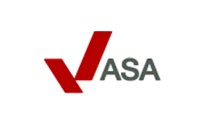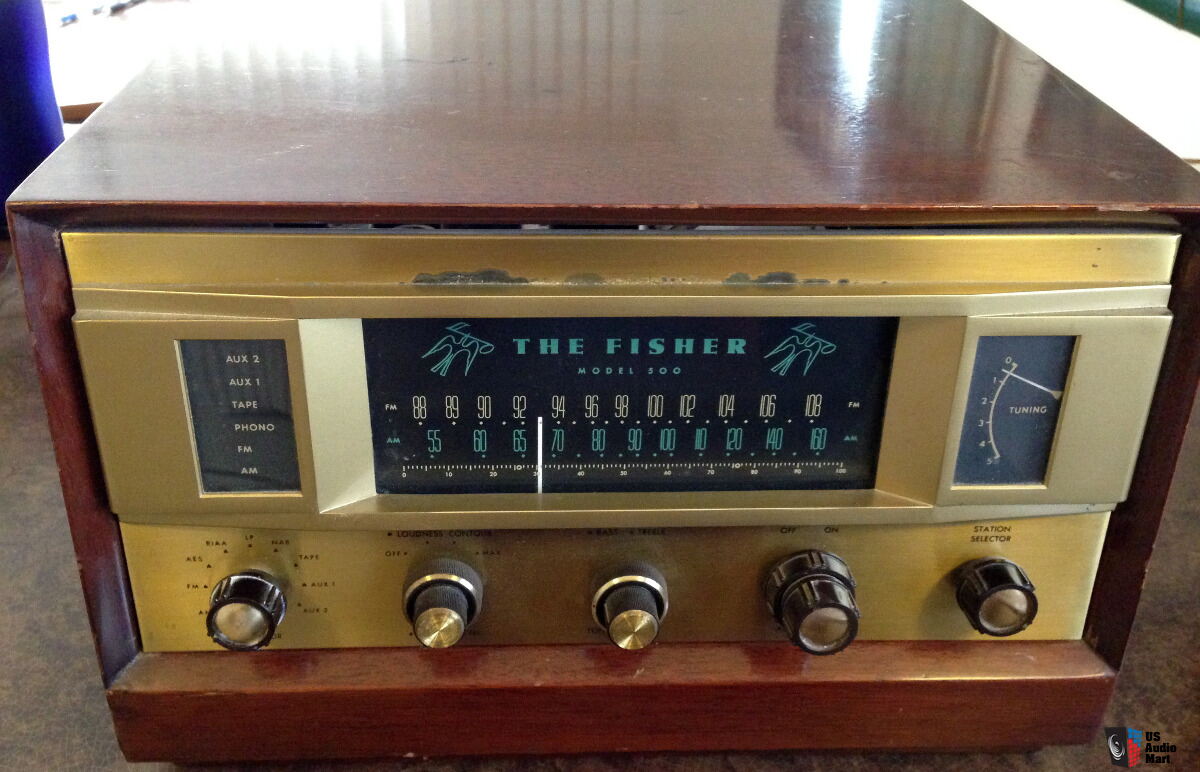History of the Advertising Standards Authority

Key Periods in the companies' history
1961 - When commercial TV started broadcasting in the UK in 1955, the commercials were (and still are) controlled by legislation. This is the first time in the nations history that regulations were brought in to help keep TV commercials "safe". When radio (audio) broadcasting began - in London, Birmingham, Manchester, Liverpool, Glasgow and Edinburgh - they too were subject to legislation control, under the ASA for commercial advertisement.
The British Code of Advertising was established as was the Committee of Advertising Practise in late 1961.

1962 - The ASA was established as the key commercial regulator in Great Britain; it began dictating what was shown and what was not shown on the commercial breaks for TV (audio-visual) and Radio (audio).


1974 - Introduction of the levy; at a conference for international advertising associations, the ASA was criticized for not tackling misleading commercials enough - this caused the ASA to put in extra funding through the Advertising Standards Board of Finance (Asbof) which allowed for a levy of 0.1% on advertising space costs.
This also lets the ASA promote itself to the public.
1988 - the introduction of the Control of Misleading Advertisements Regulations provided the ASA with backing from the OFT (Office of Fair Trading) - this, for the first time, allowed the ASA to issue charges/warnings against advertisers who continuously promoted commercials which where considered inappropriate/infringement of the levy.
These charges and warnings are only - and rarely - necessary when a commercial company goes overboard with their commercial and is a last resort.

1995 - With the rise of the internet (Web 2.0 devices), there was a strong need for regulation of internet ads such as banners and pop-ups - the ASA began making regulation for the internet-based ads to ensure no harmful or misleading commercials where displayed, within the UK territory.
2004 - Forty years after the establishment of the ASA, the company made a partnership/joint venture with newly-formed communications regulator Ofcom which allowed for even greater regulations and legislation. This also allowed, for the first time, for consumers to complain to the agencies if a commercial was considered "out of line" - the organization Osbof backed the funding for this new development and has allowed the two companies (ASA and Ofcom) to continue regulating.

The ASA and Ofcom organizations now handles over 30,000 complaints a year as they are the leading British regulator for TV and radio commercials.
2009 - The UK Government, with the development of new VoD (Video-on-Demand) services sparking worldwide (such as YouTube, iTunes and Netflix), introduced further regulation in order to keep new media under control, so that ads do not harm, mislead or offend the consumers. The new codes are similar to the traditional TV and Radio codes in the fact that they both provide options for consumers to complain to the ASA.

2010 - The rise of the mobile platform (smartphones and tablets) meant that the ASA had to adapt to services such as mobile/desktop apps (Facebook, Twitter etc.) and this required further regulation to ensure that ads where appropriately used within these new mobile apps. The responsibilities also where dependent on the app providers (Apple [App Store], Google [Play Store], Microsoft [Microsoft Store] and Amazon [Amazon App Store]) to ensure that no apps where against the law within the UK and that the app stores where using different regulations within different territories.



/1st-generation-ipad-5b54aae646e0fb005b060759.jpg)
NOW - Nowadays, the ASA is one of the industry leaders in the fact that they have 97% of public commercials being displayed which are abiding by the levy and other legislation.



Comments
Post a Comment